Most visions of Fairyland conjure up images of ethereal sprites with diaphanous dresses and gossamer wings dancing around toadstools in an enchanted wood. However, Wedgwood’s Fairyland Lustre by Daisy Makeig-Jones features imps, goblins, demon trees, and spiders that eat babies.
Daisy’s denizens of Fairyland tend to be grotesque and freakish and are bewildering in their diversity. In Woodland Elves, the first series of Fairyland Lustre patterns, her diminutive elves disport themselves with wild abandon around bowls, playing leapfrog, swinging through trees, or clambering in cobwebs to escape the attentions of giant spiders. Daisy’s elves are fun-loving and have comical faces, unlike the elves of German folklore which typically have supernatural beauty and magical powers and are often disdainful of humans. In Shakespeare’s A Midsummer Night’s Dream they are imagined as small, impish beings whereas in Tolkien’s Lord of the Rings, they are human sized.
Fairyland Perils
Daisy’s elves live in great fear of spiders which she describes in the Elves and Bell Branch pattern for her booklet Some Glimpses of Fairyland published in 1921. “All spiders become Oni or demons after dark and are difficult to kill. They have no blood but are filled instead with a white sticky substance which is magic.” This pattern also introduces other little people who live in peril of spiders, such as kobolds that in European legends are ugly human-like figures, the size of small children. They are either house spirits of an ambivalent nature, mine laborers, or shipboard sprites who help sailors. Also mentioned are Will-o’-wisps which are flickering ghost lights seen by travelers at night, especially over bogs and swamps. They are also known as jack-o’-lanterns.
At first glance, Daisy’s Bubbles design looks charming with fairies blowing bubbles by a lake. However, Daisy’s interpretation is quite disturbing and tells of the Nix or water elf who owns everything that falls into the lake including the souls of people who have drowned. When they are freed, they rise up to the surface in bubbles and escape into the tree tops where they encounter Arachne, the spider, who eats elves and fairies when she catches them. In Greek mythology, Arachne was a talented mortal weaver who challenged Athena, the Goddess of Wisdom to a weaving contest. This hubris resulted in her being transformed into a spider.
Serpents sometimes slither into Daisy’s designs, disturbing the tranquility of her enchanted gardens, just as in Eden. In the Torches pattern, a sinuous snake coils around a tree to steal the chicks from a bird’s nest outside a fairytale palace. Her evil serpent appears again in the Tree Serpent pattern with a procession of imps blissfully unaware of the fate of the birds.
Dragons held a particular attraction for Daisy and even her holiday seaside sketches included the Chinese coiling dragon that rules the waters. Auspicious oriental dragons appear on powder blue, orange and mother of pearl lusterware which pre-dated the launch of Fairyland. However, we see the more sinister side of dragon lore in the Temple on a Rock pattern where a marauding dragon has a victim in its jaws. The largest Fairyland Lustre vase ever made depicts the Dragon King. As Daisy describes, he sits on a rock waiting for the local fishermen to bring him saki in exchange for gold, pearls, and coral. He lives in a lovely cave made of opal moonstones at the bottom of the sea and guards the night-shimmering pearl which controls the tides. He doesn’t like visitors and causes earthquakes or contrary winds when they approach.
Land of the Dead
According to Daisy, Firbolgs are oppressed in the Land of the Dead and are made to carry earth in leather bags from the fertile valleys up to the rocky hills. After their rebellion, they spread all over Ireland. On Fairyland Lustre wares, the Firbolgs are terrified, accident-prone little creatures with saucer-like eyes, which have evolved a long way from their origins in Celtic mythology. More than 50 variations of shape and size were produced in the Red Firbolgs pattern often linked on mother-of-pearl bowl interiors with characters from the fairy tale of Thumbelina by Hans Christian Anderson. Many of the creepy creatures in these designs were derived from illustrations by H. J. Ford for Andrew Lang’s fairy books, published between 1889 and 1913.
Firbolgs were the only creatures to appear on solid colored grounds, compared to the day and moonlight sky backgrounds of most Fairyland Lustre scenes. The Flame finish, introduced in 1923, added a new dimension to the Fairyland designs ranging from a vivid sunset to a glowing inferno. The Goblins pattern looks particularly menacing on the Flame background which contrasts orange and crimson with emerald green. The burning red eyes of the black goblins are often enameled in vermilion on top of the glaze. Goblins first appear in European folklore from the Middle Ages and are usually spiteful and greedy for gold and jewelry.
Impish Antics
Goblins are similar to imps, who also have magical powers like fairies. They are generally not attractive creatures with a malicious streak. Imps often play pranks on people, such as switching babies or leading travelers astray and are sometimes described as attendants of the devil. Daisy’s Imps on a Bridge pattern was used more frequently than any other design and her imps appear on plates and chargers as well as on vases, often with their lofty Tree House. They bear a strong resemblance to the Kewpie doll which became wildly popular on both sides of the Atlantic in the early 20th century. Kewpies were created by the American poet-artist Rose O’Neill and first appeared in strip cartoons in a ladies’ magazine in December 1908. Kewpies, derived from Cupid the God of love, were fanciful, elf-like babies with a pronounced top-knot. O’Neill described them as “a sort of little round fairy whose one idea is to teach people to be merry and kind at the same time.” Daisy’s Kewpie-style imps portrayed in emerald green, midnight blue or reddish black have a more sinister appearance.
Ghostly Hauntings
Perhaps Daisy’s scariest design is Ghostly Wood, which she derived from the Legend of Croquemitaine illustrated by Gustave Dore in 1866. In the French fairy tale, the heroine Mitaine sets out to find the identity of Croquemitaine, her arch enemy who lived in the Fortress of Fear. In Daisy’s ominous adaption, Mitaine visits the Land of Illusion where trees dripped blood and shrieked and howled as she approached. They had demon’s heads instead of leaves, bats hung on their branches and nests were made of dead men’s bones. Drifting everywhere were wailing spirits, holding the flaming candles of their souls, who had failed to conquer the Fortress of Fear and were doomed to live forever in the Land of Illusion.
Many superstitious folks believed neglectful maids would see goblins instead of leaves if all the Christmas decorations were not removed from the church before Candlemas on February 2nd. There might also be a death in the community. Lighted candles in the home had to be extinguished with the sign of the cross or the candle grew larger and larger and the wick became a head. The haunted candle walked through the house shedding tears of wax which took a year to clean up. Daisy’s Candlemas design sometimes had human head aureoles on the candles rather than flames and was derived from an illustration by Kay Nielsen for a story in East of the Sun West of the Moon, popular tales from the north published in 1914.
Pipes of Pan
Daisy’s repertoire of woodland inhabitants also includes a Faun, the half-human, half goat creature symbolizing fertility which are similar to the Satyrs of Greek mythology and their leader Silenus. They often have goat’s horns and pointed ears derived from the god Pan of the Greek pantheon. In Victorian England, Pan also came to represent man’s darker animal side that needs to be repressed. Popular magazines were named after the sensual god. The journal Pan, published in Berlin between 1895 and 1900, was a hugely influential arts magazine during the Art Nouveau era. Pan was also the title of an English satirical journal ‘for saints and cynics” first published in 1919. A weird stylized Faun appears in the Rainbow design and in the rare Silenus pattern, Daisy’s decadent sylvan landscape includes cavorting fauns and sileni along with fairies which have a distinctly 1920s look. The “flapper” fairies appear again in Daisy’s Endymion pattern named after the handsome Greek shepherd loved by the goddess Diana. Ironically, he is nowhere to be seen in the design.
You can see many of Daisy’s darker designs in the Fantastique exhibit which opens on October 27 and also in the Chasing the Rainbow gallery at WMODA. Fairyland pattern illustrations by Una des Fontaines, author of Wedgwood Fairyland Lustre.
The St. Petersburg Museum of Fine Arts will be opening an exhibit of Fairyland Lustre with some loans from WMODA on November 17. Fairyland Lustre: The Darkly Magical World of Daisy Makeig-Jones which will be on view in Minck Gallery from November 17, 2018 through March 3, 2019.

Anna Pavlova

1920s Fairy Dancer
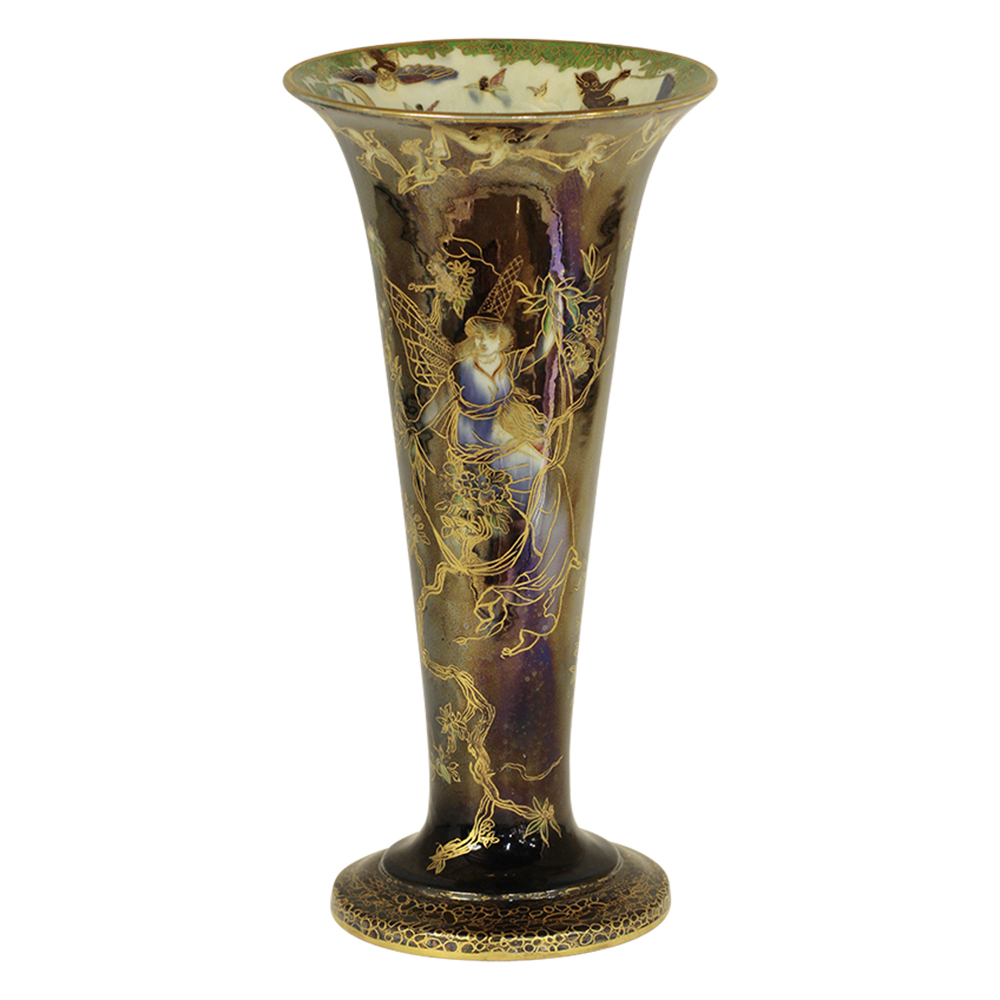
Butterfly Woman Vase
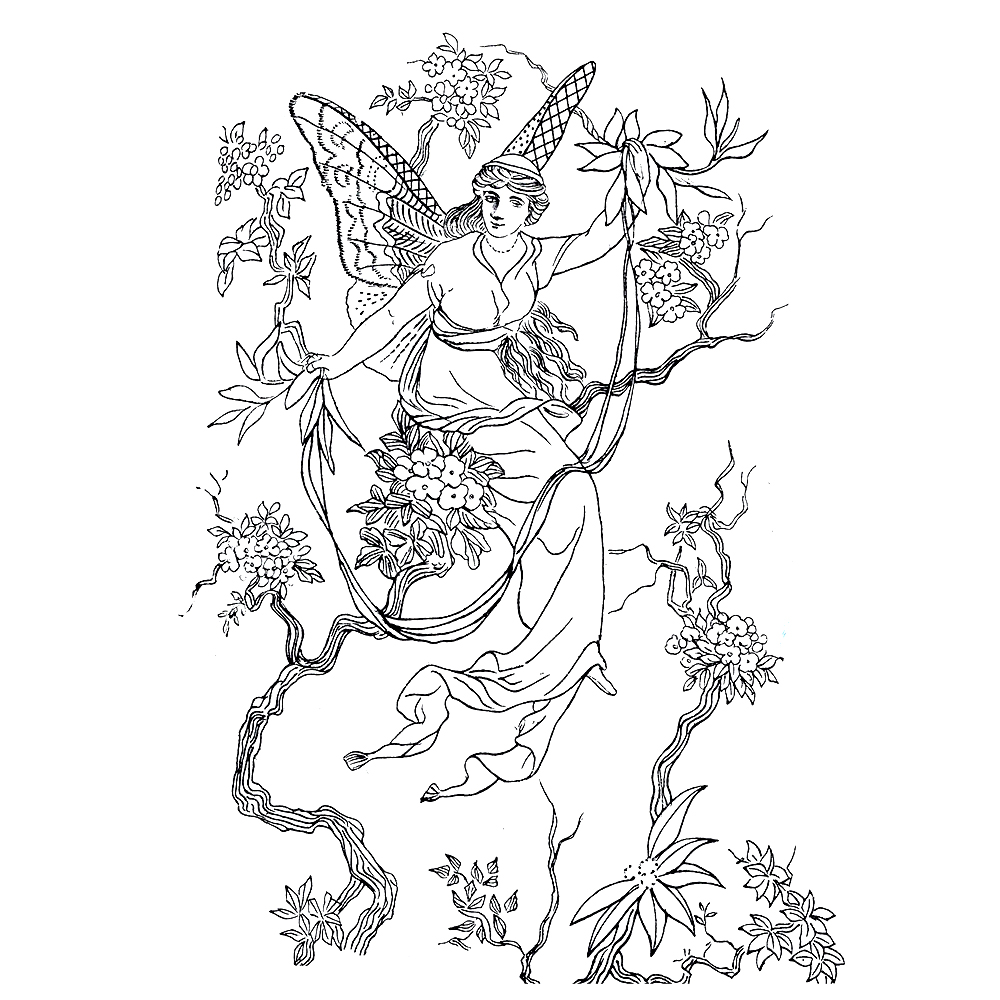
Butterfly Women
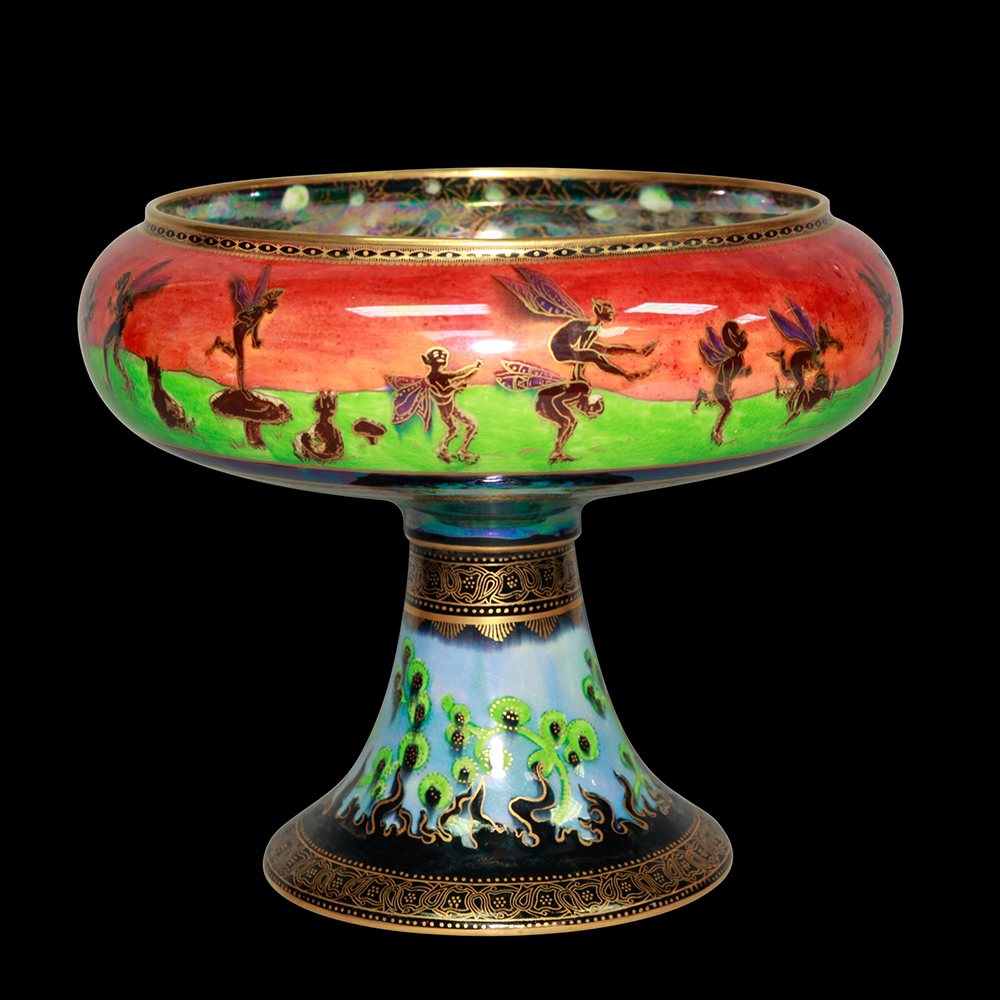
Leapfrogging Elves Cup
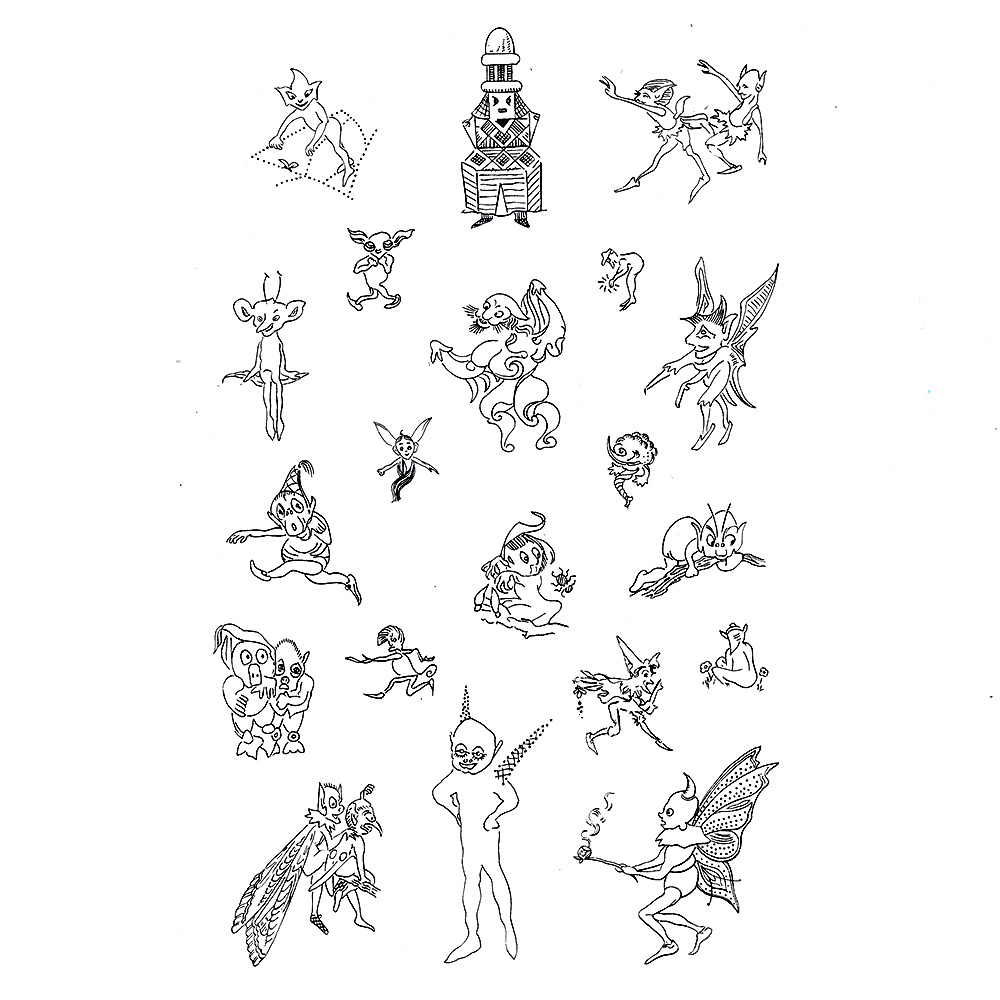
Daisy's Denizens of Fairyland
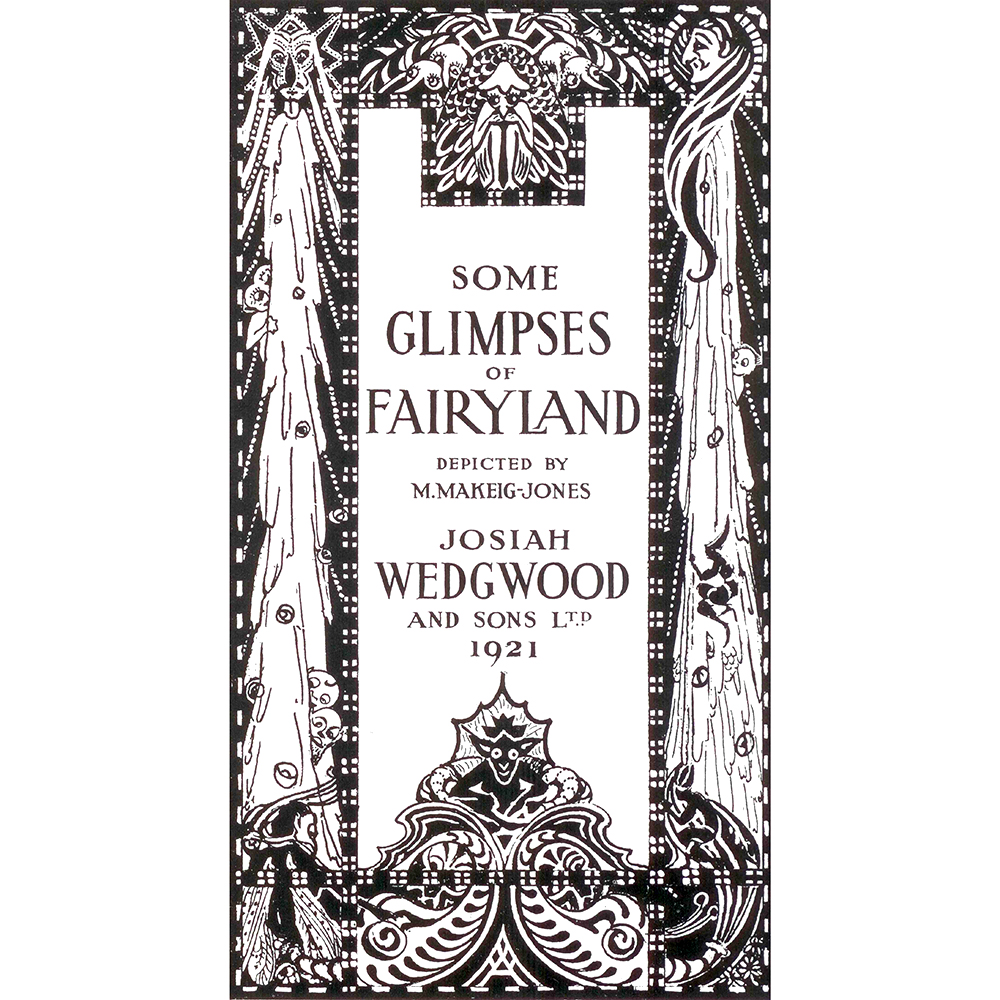
Fairyland Catalogue
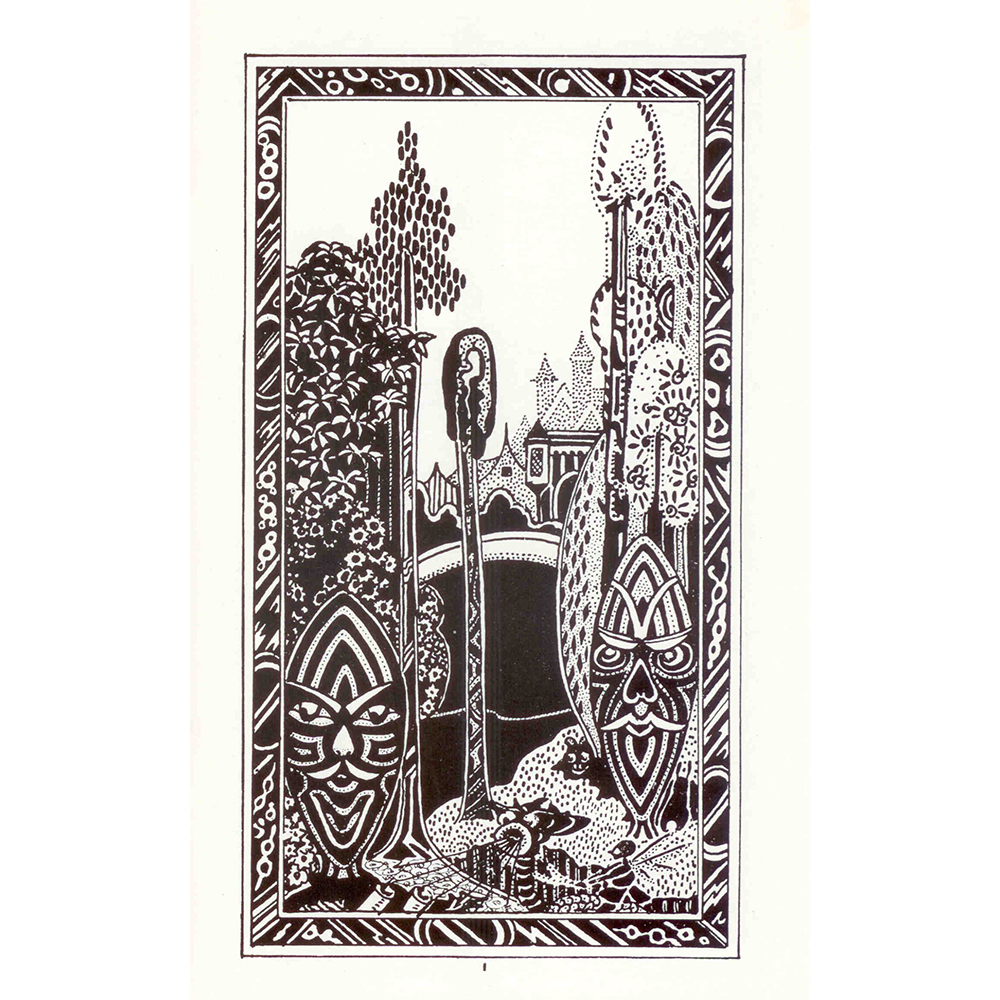
Fairyland Lustre Catalogue
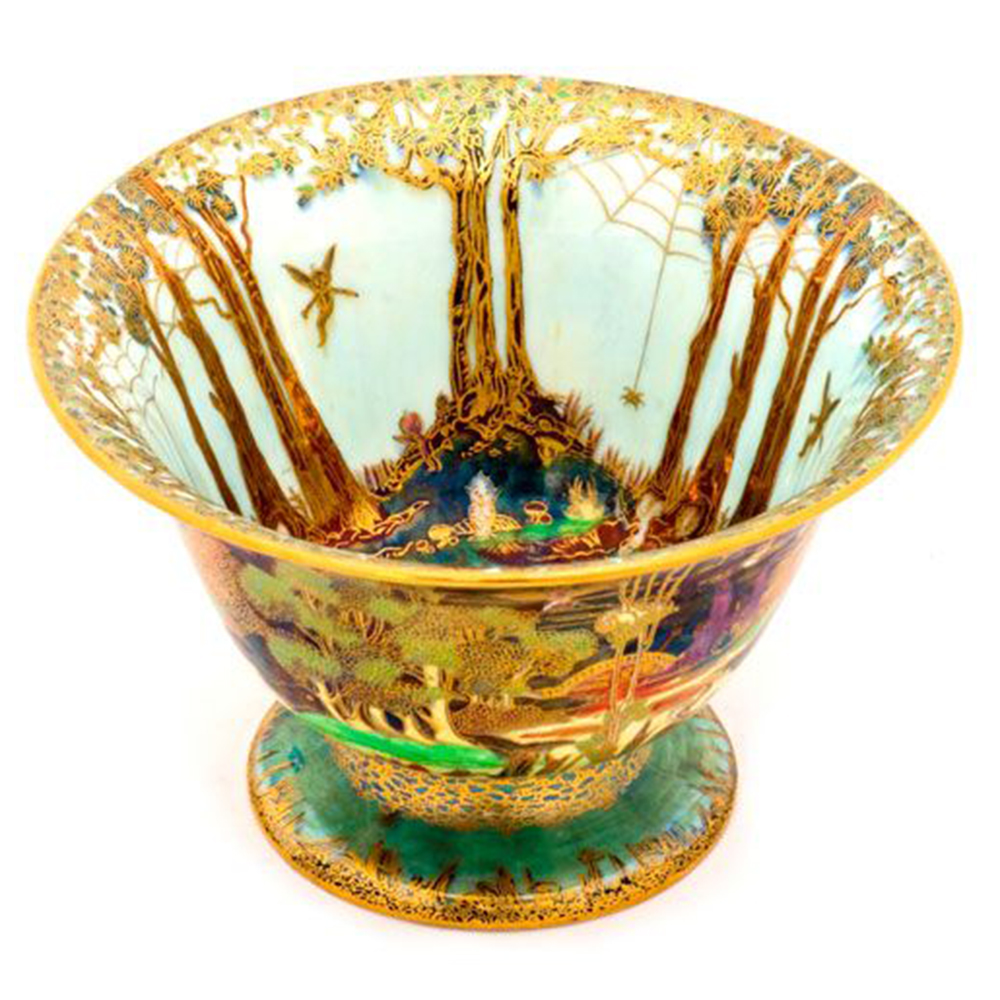
Woodland Elves II

Elves and Bell Branch
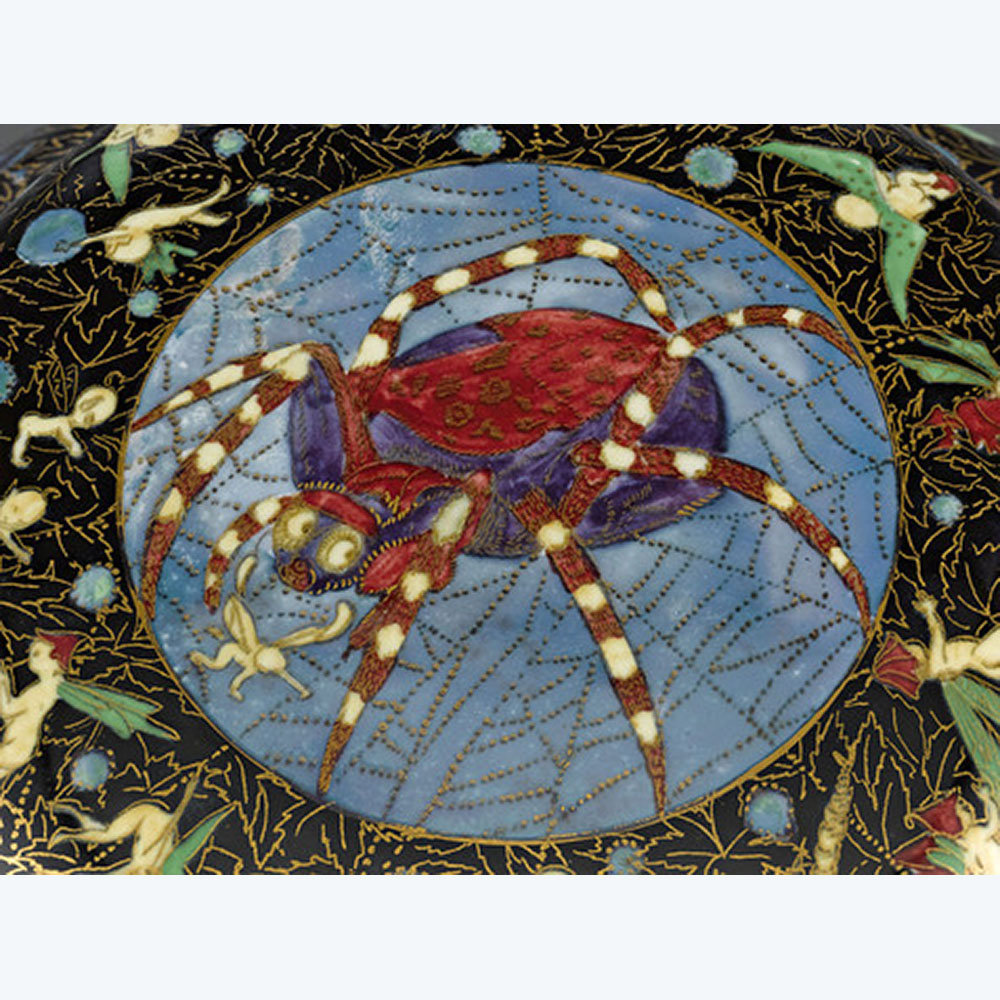
Bubbles Spider
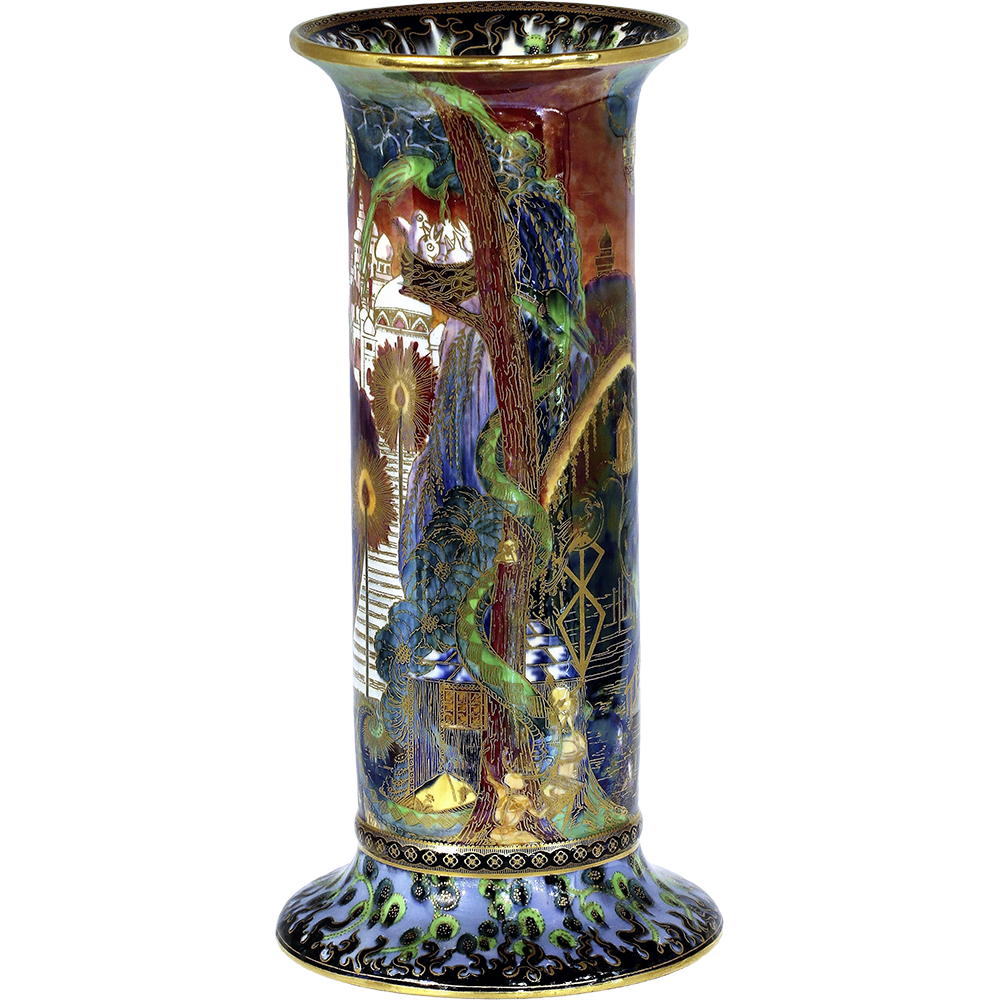
Torches
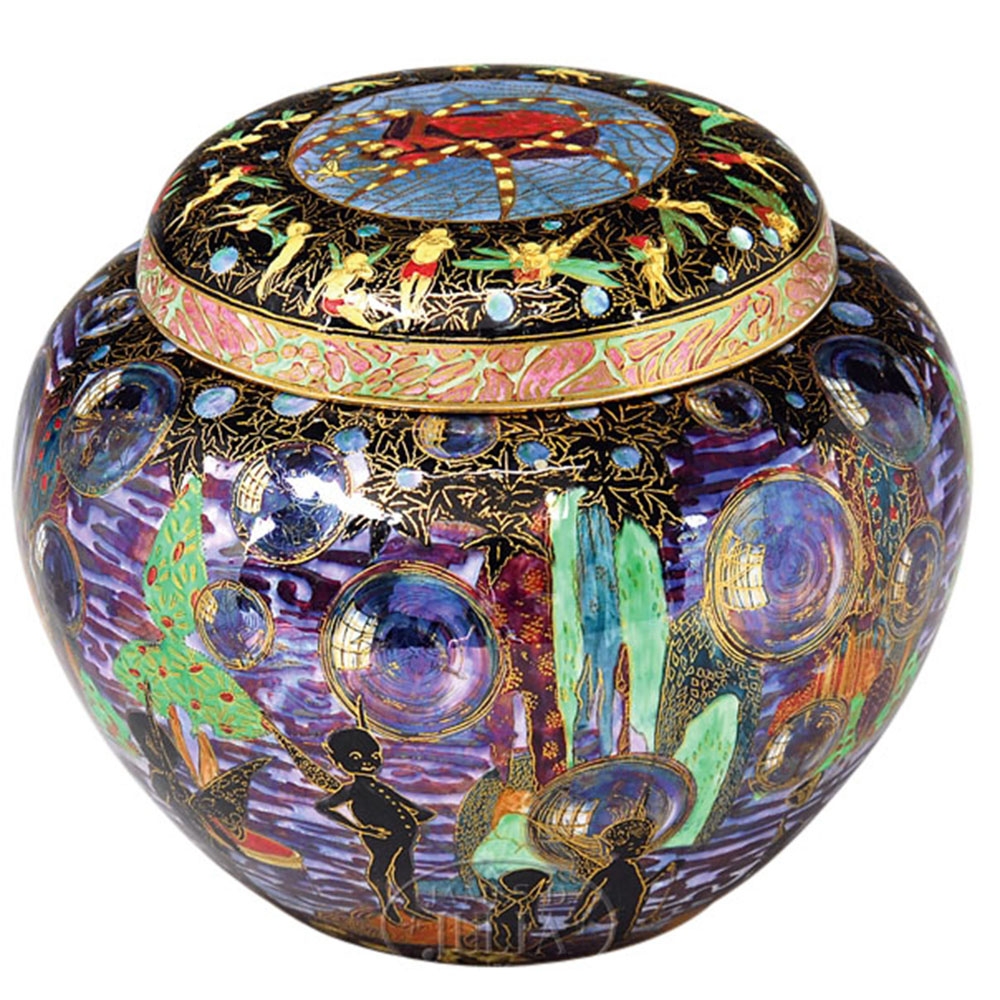
Bubbles Malfrey Pot

Gnat and Spider

Arachne G. Dore
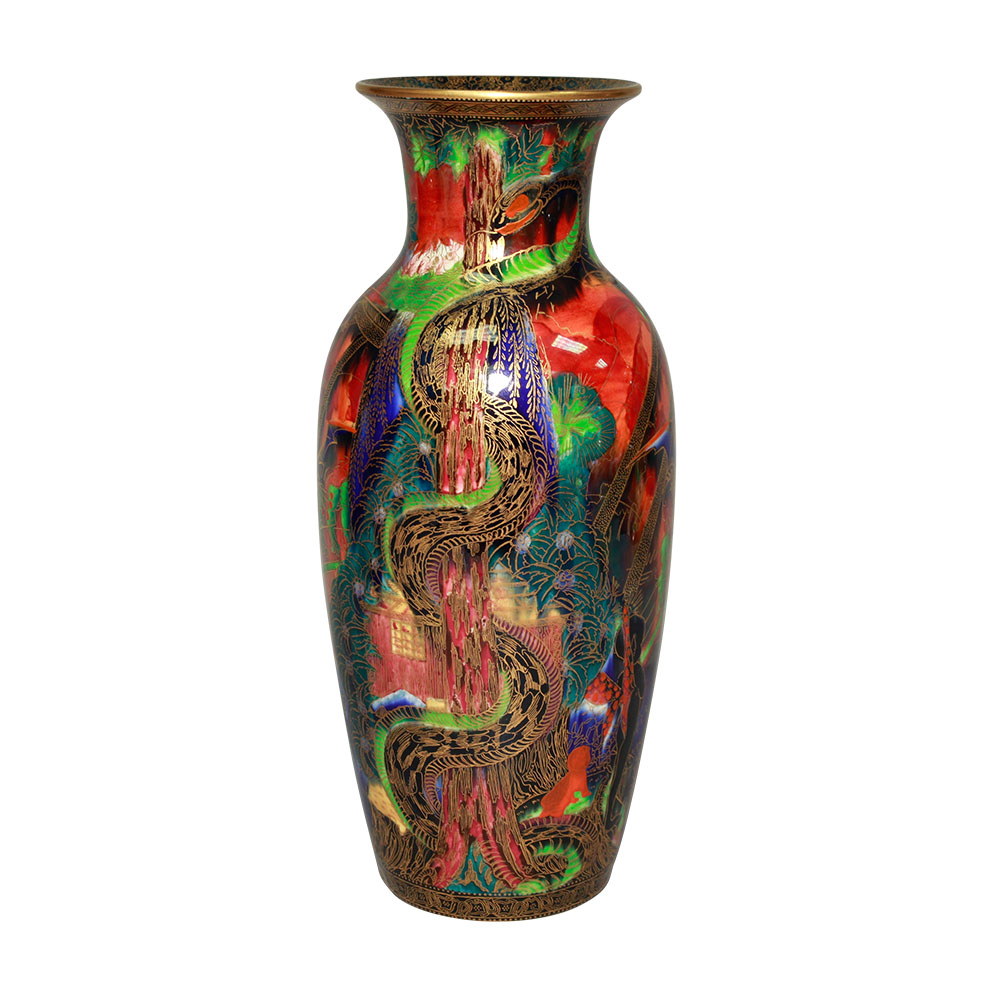
Tree Serpent
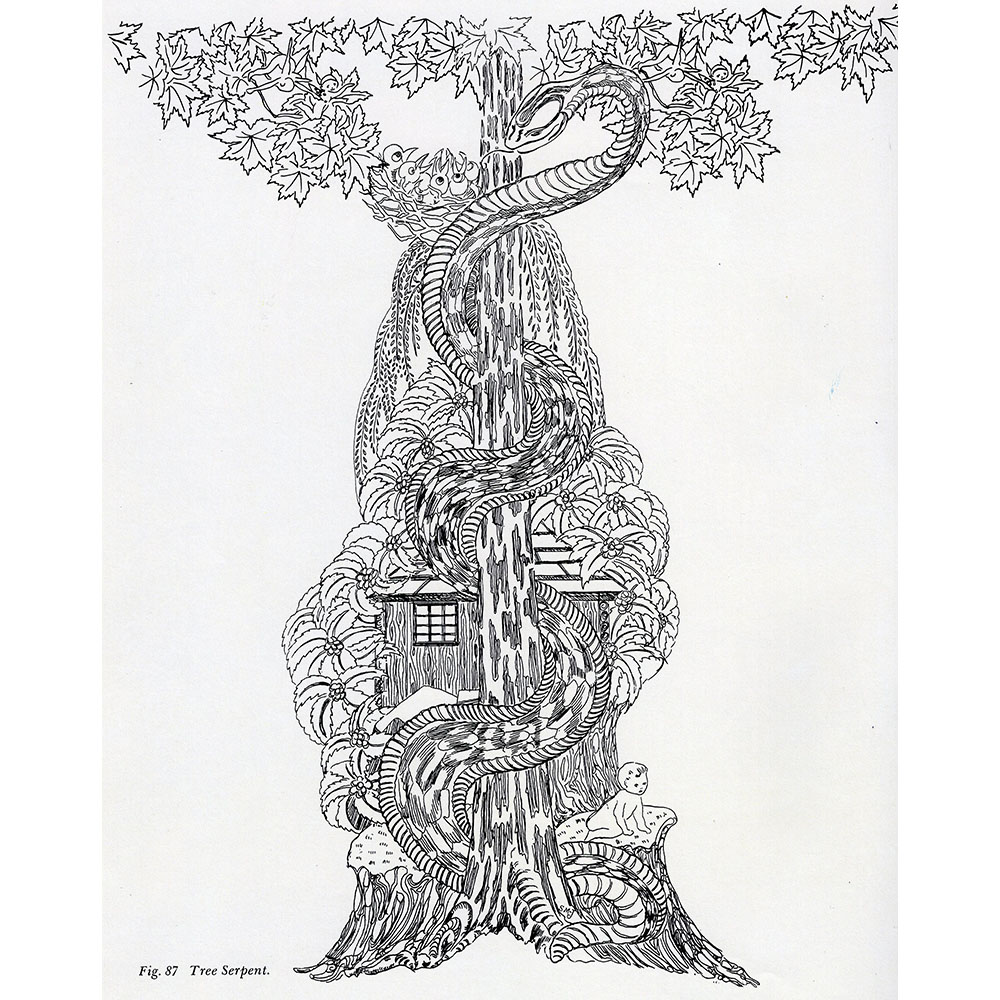
Tree Serpent
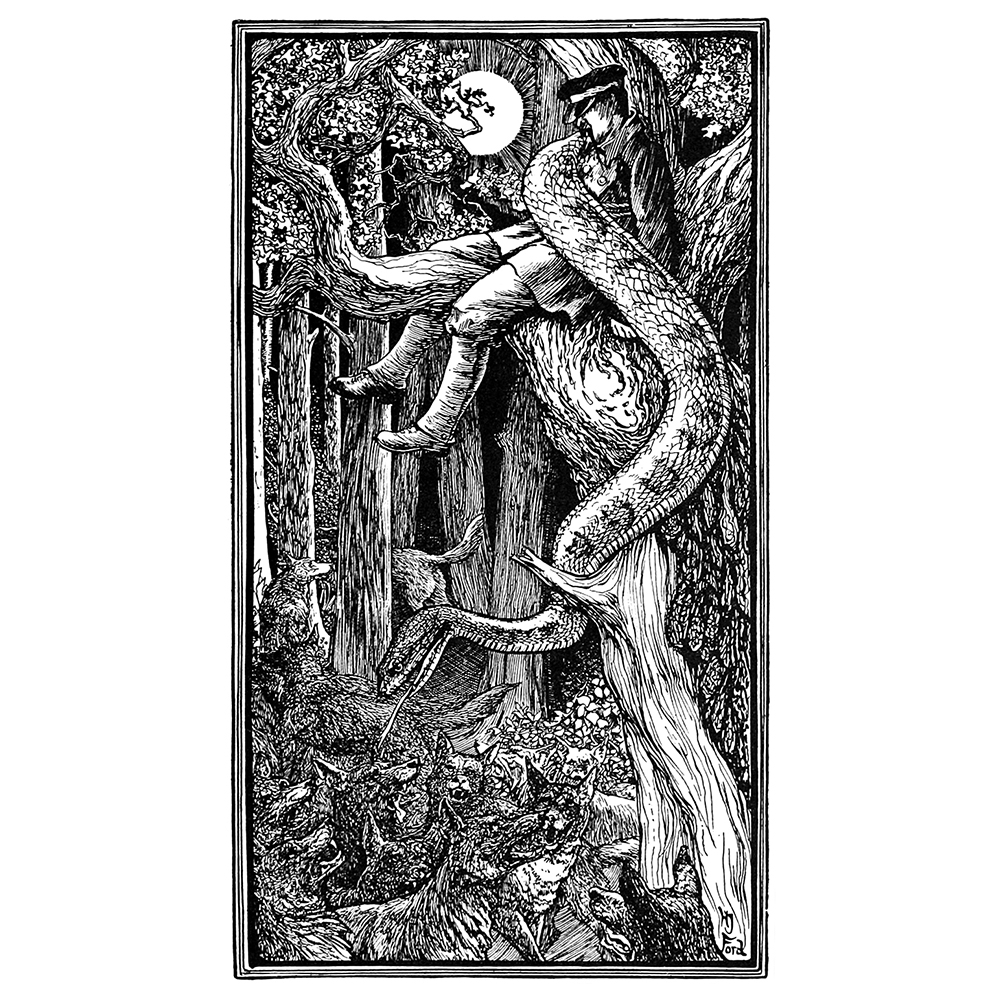
H.J. Ford Strange Storybook

H.J. Ford Strange Storybook
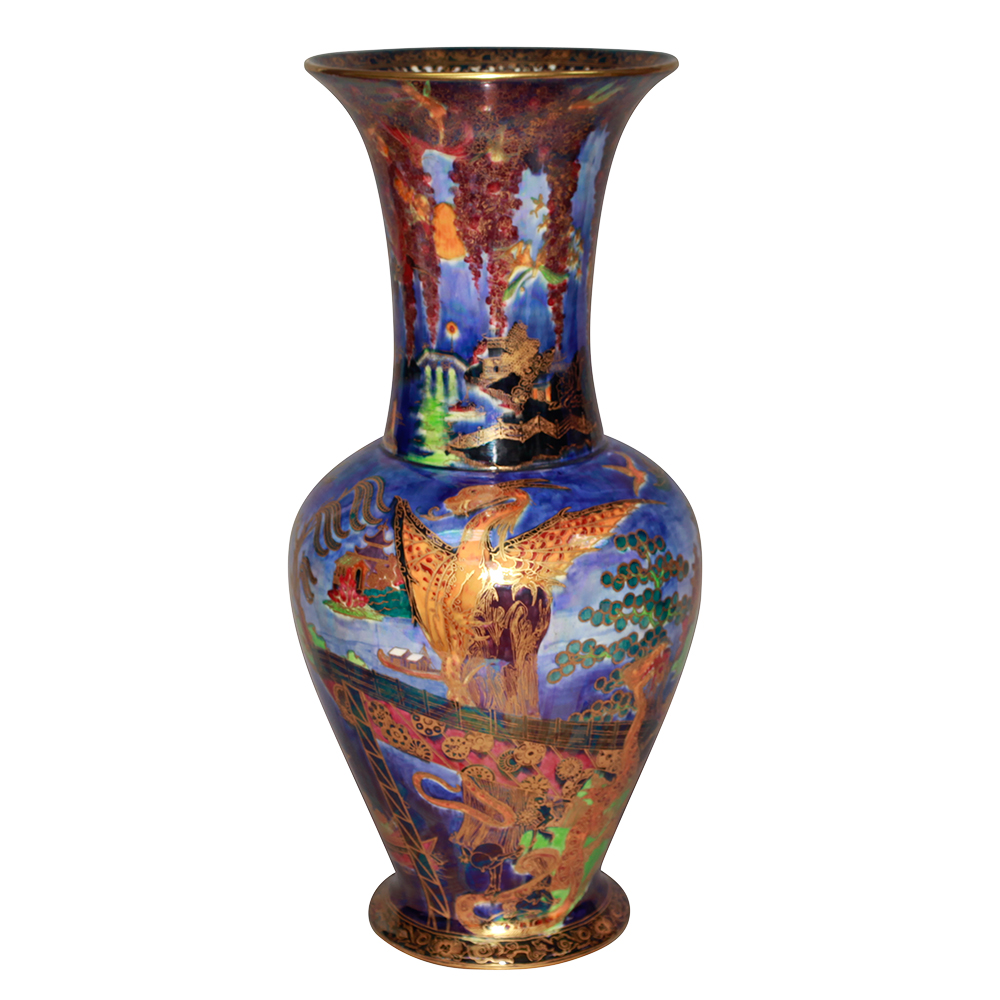
Temple on a Rock

Dragon King Illustration

Temple on a Rock
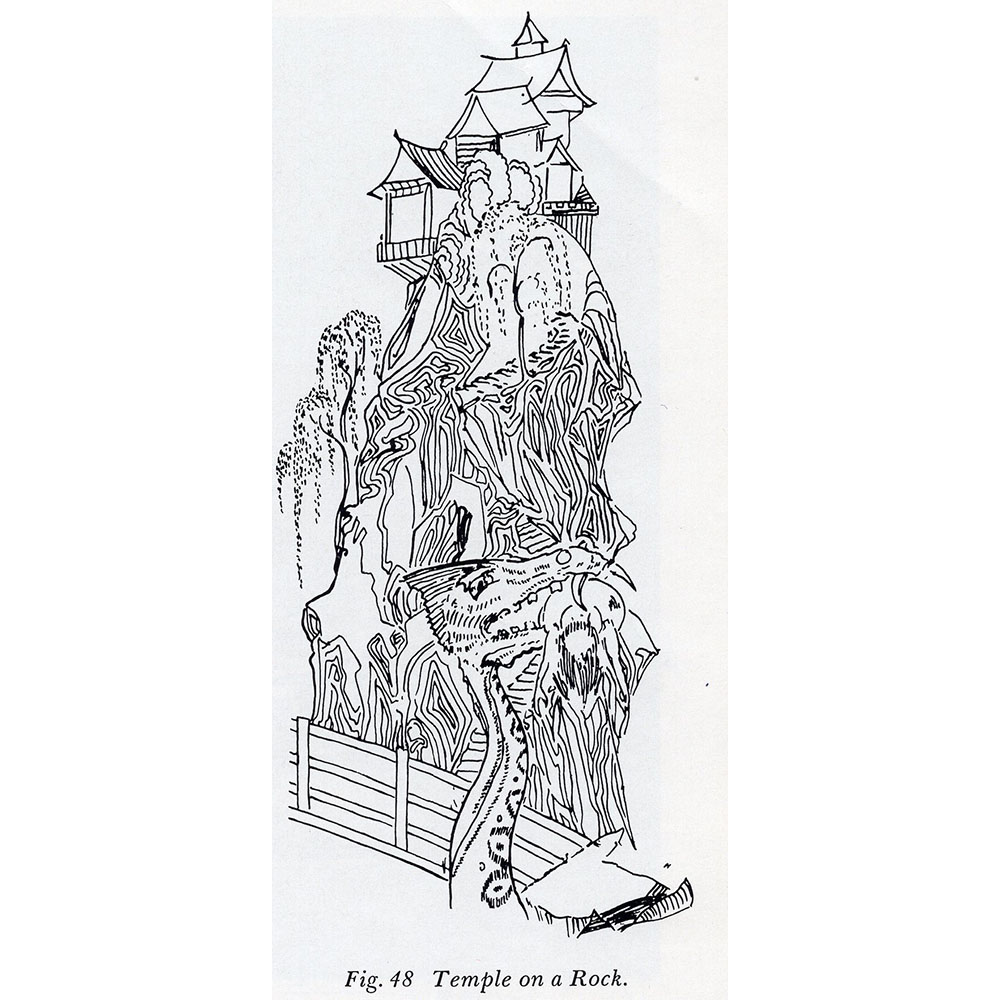
Temple on a Rock
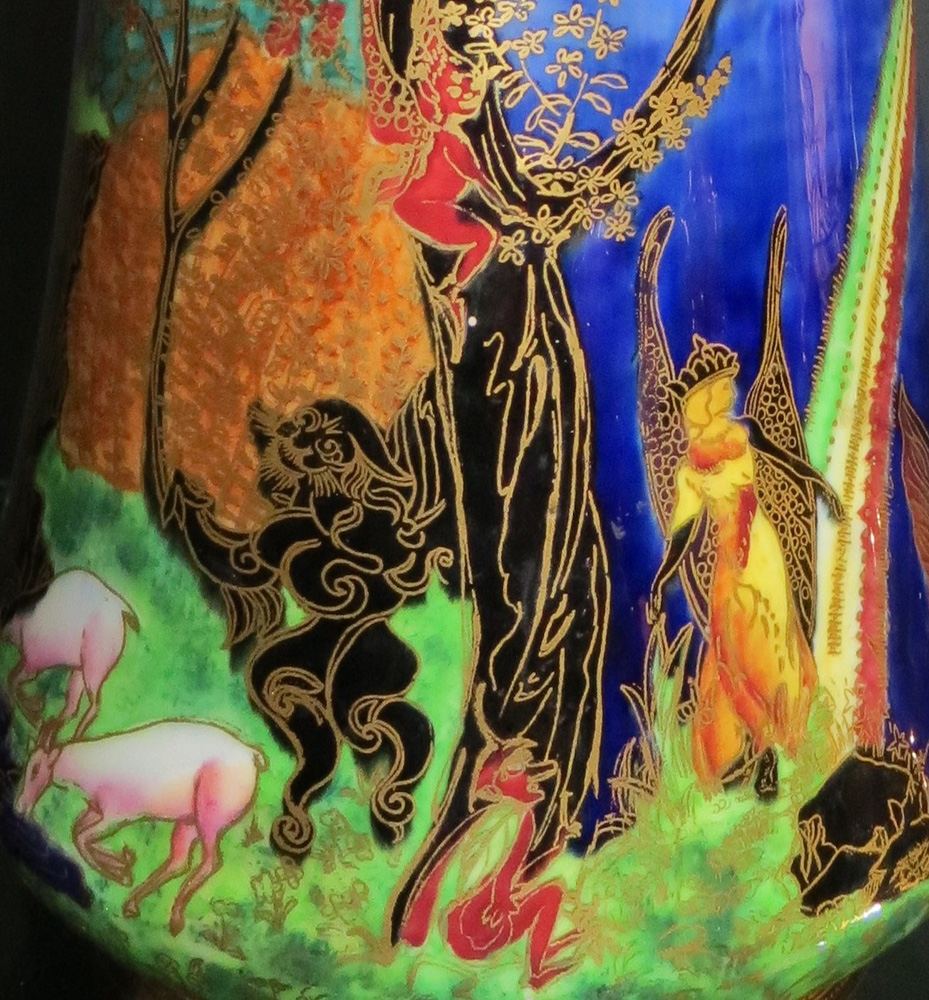
Bifrost Rainbow

Kay Nielsen
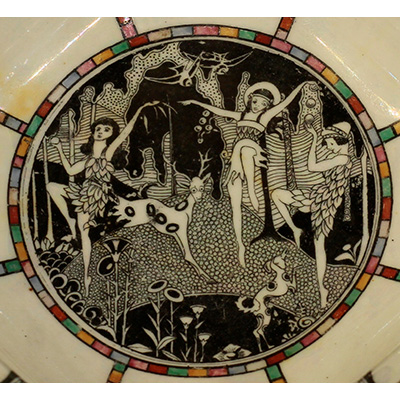
Endymion
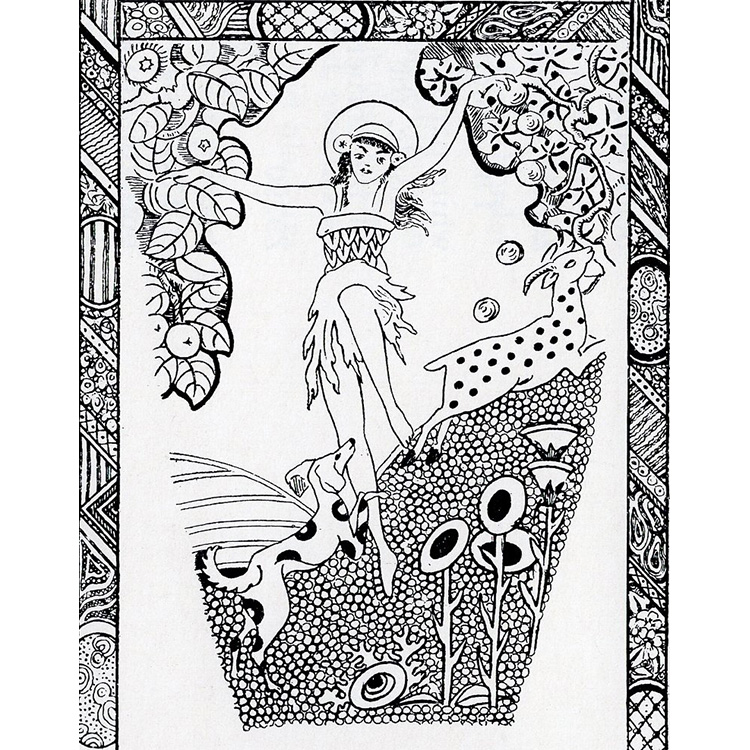
Endymion design

Music Pan's Pipe Walter Crane
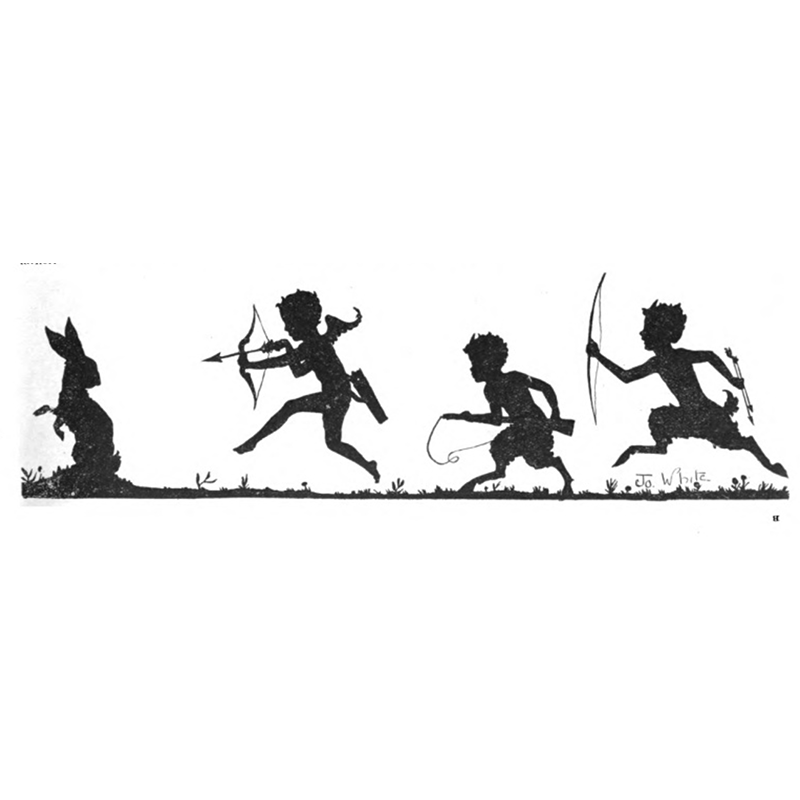
Pan and Cupid

Life Magazine

Hobgoblin H.J. Ford

Goblins

Wedgwood Goblins
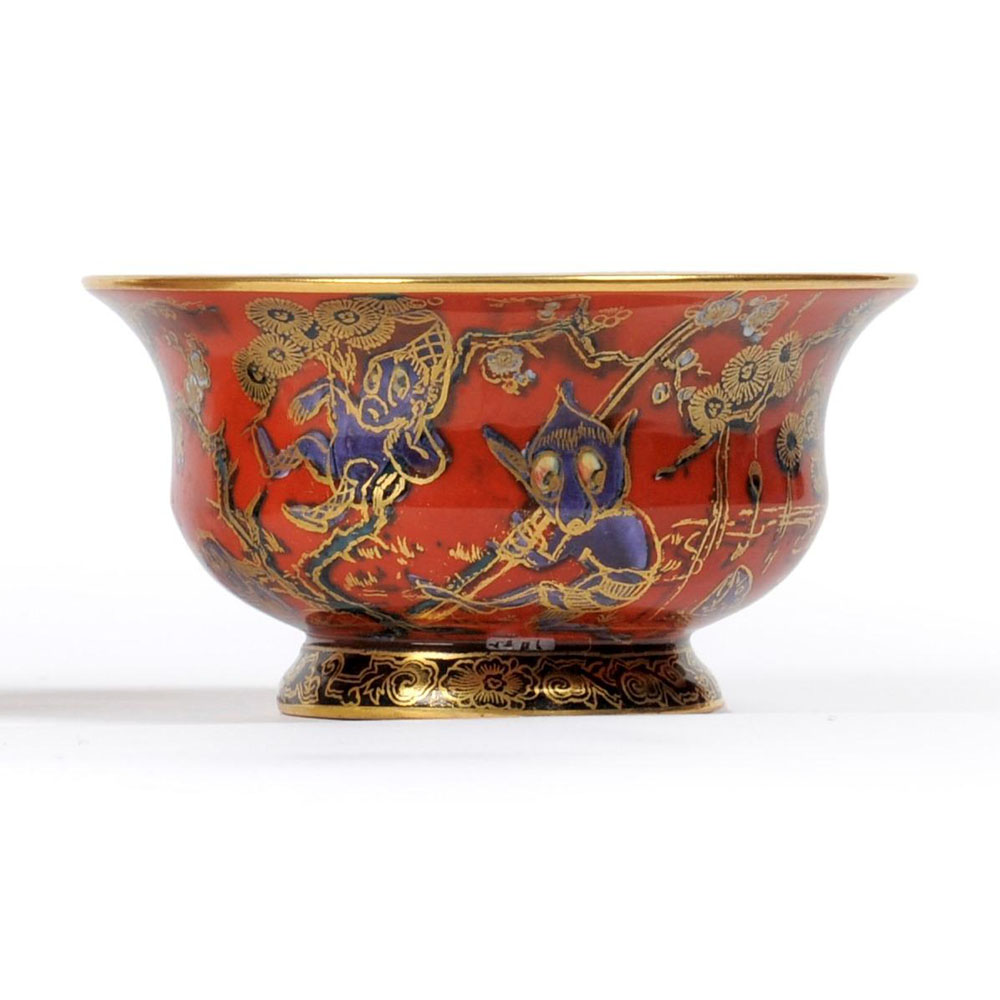
Firbolg & Thumbelina
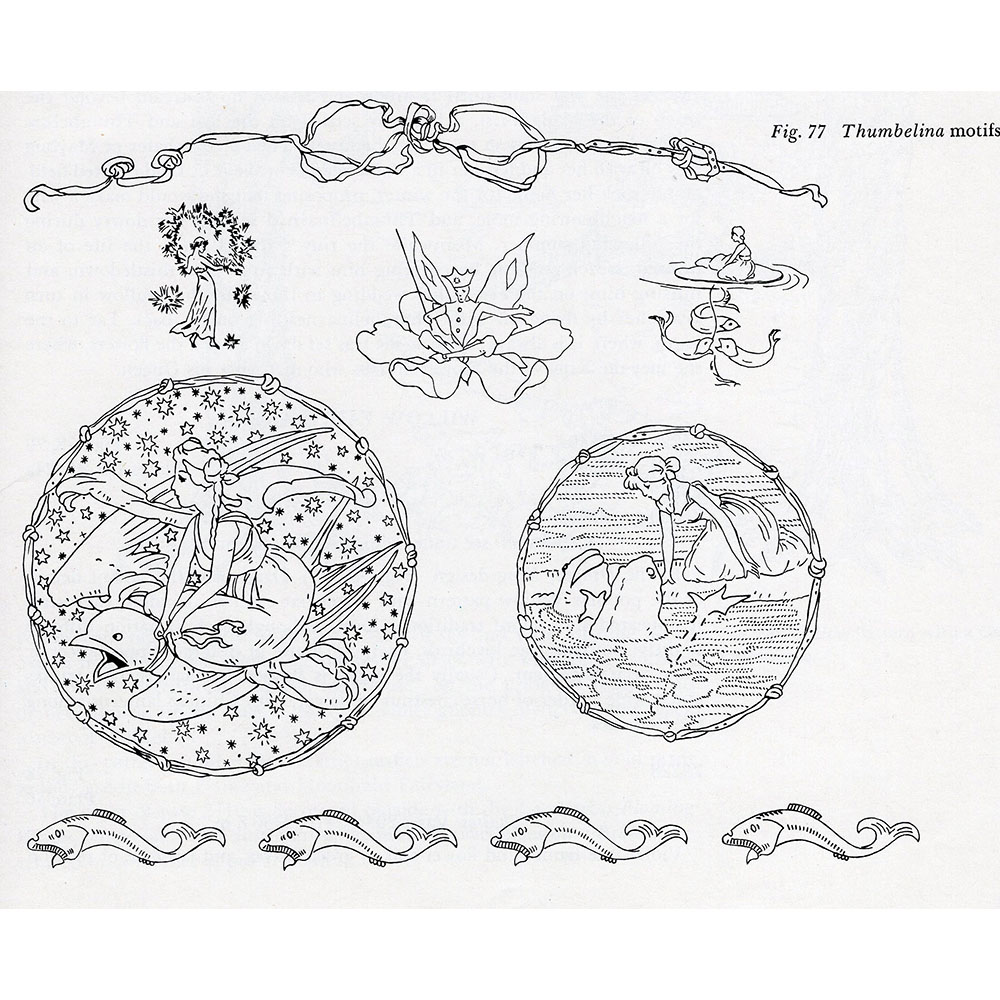
Thumbelina
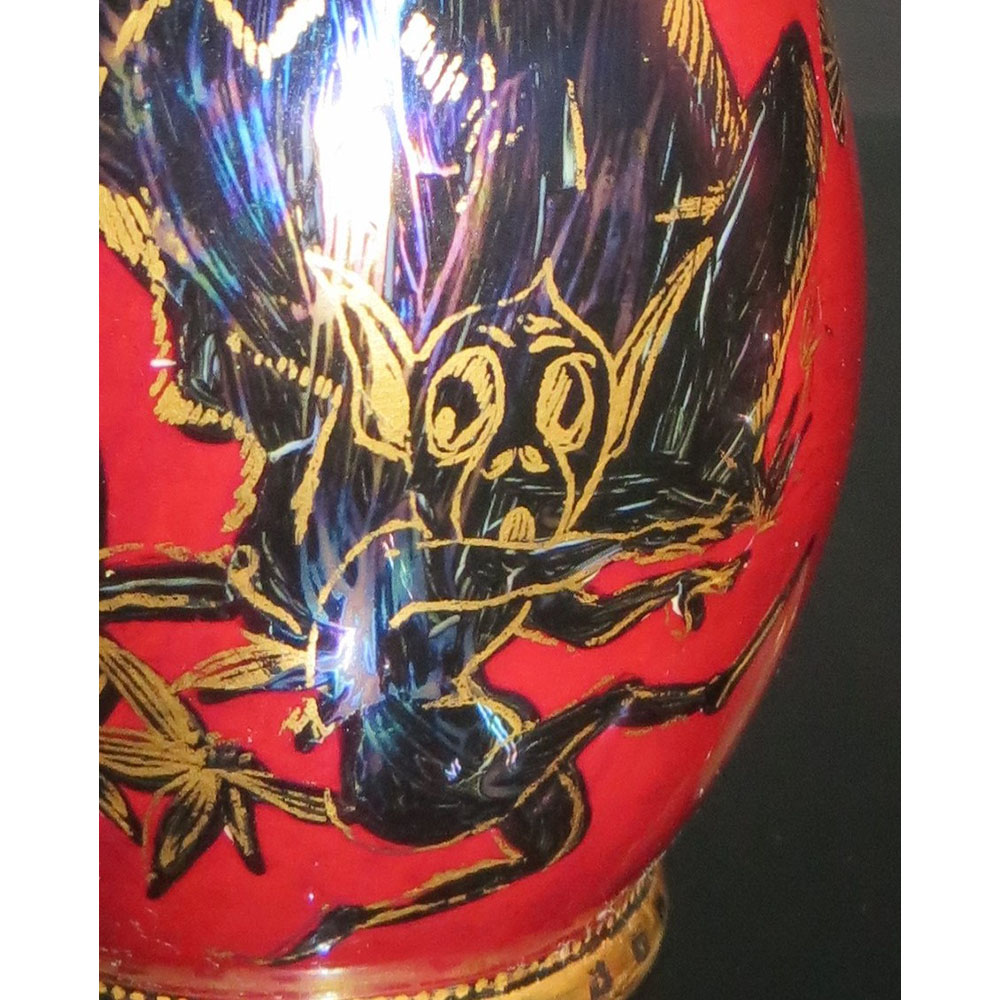
Firbolg

Imps on a bridge
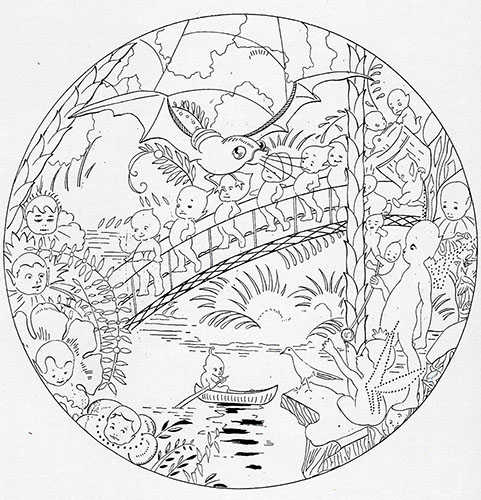
Imps on Bridge
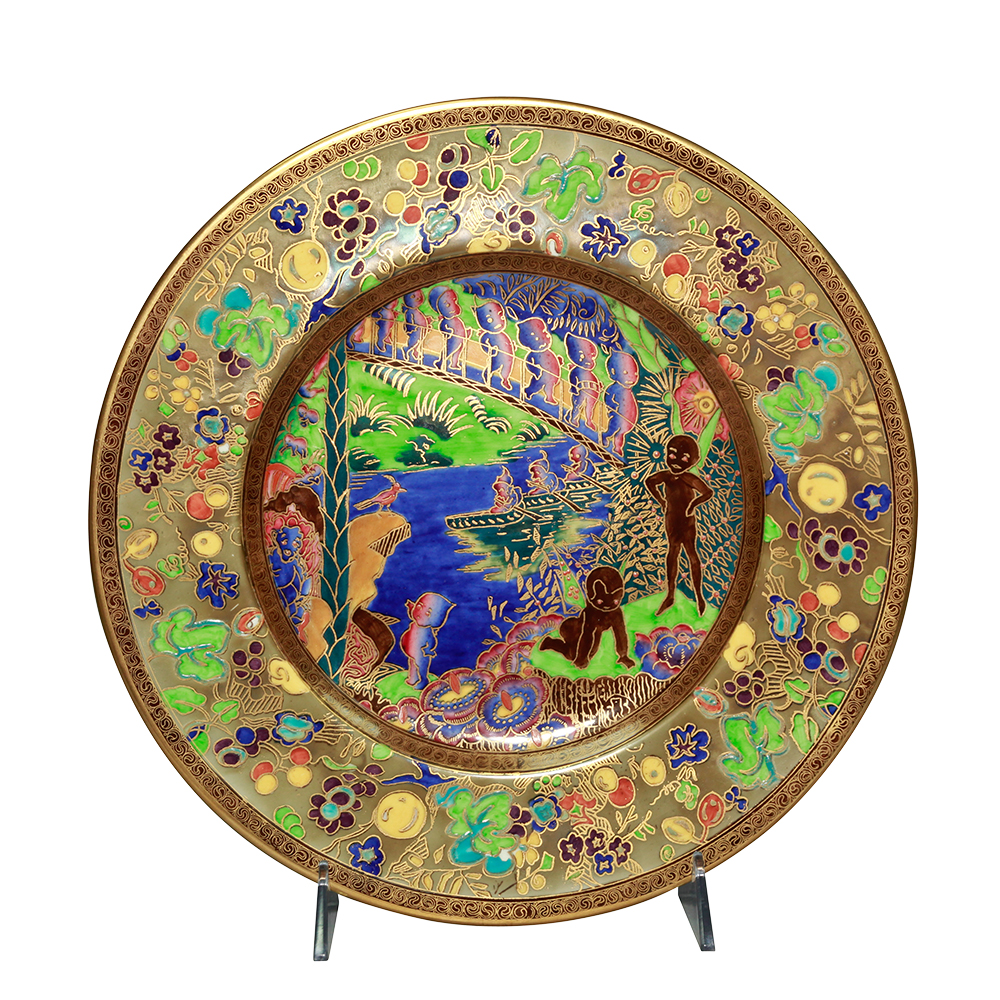
Imps on a Bridge

Imps on a Bridge

Imps on a Bridge & Treehouse

Imps on a bridge

Imps on a Bridge Treehouse Wedgewood

Endymion design
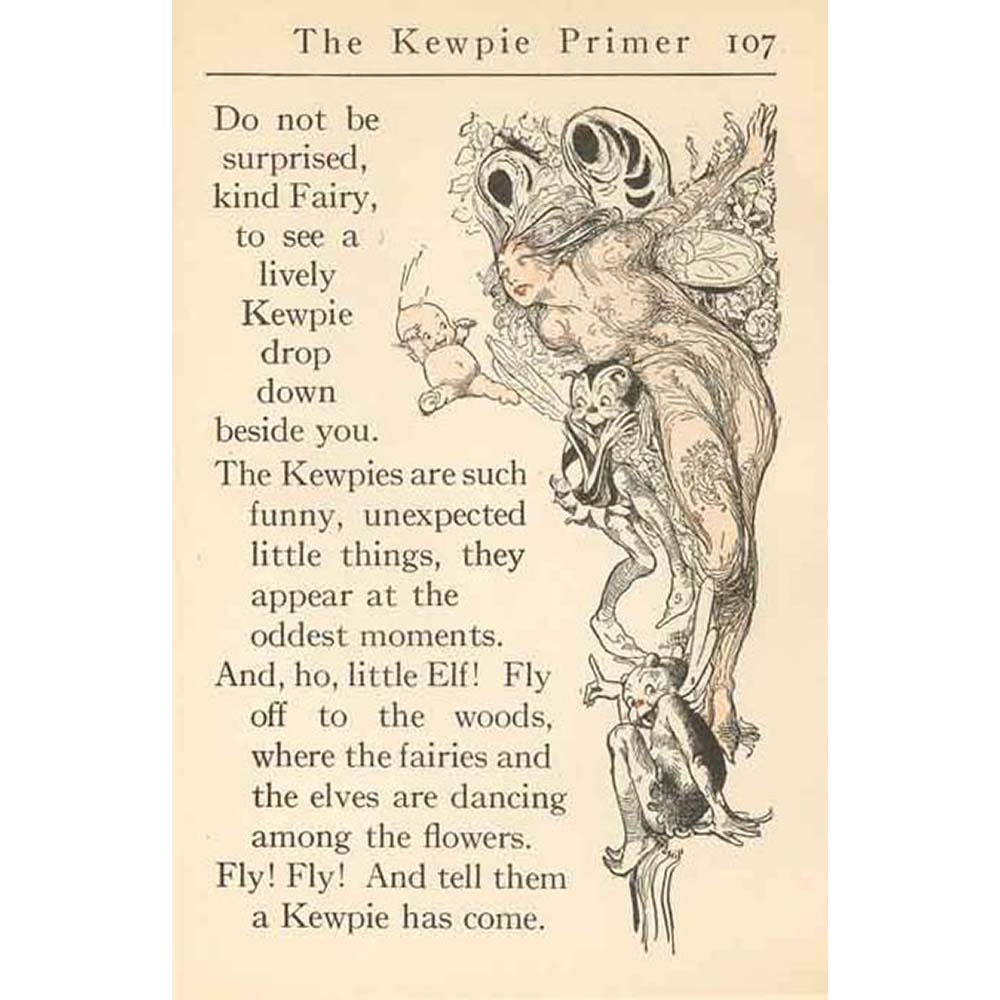
Kewpie Primer

Endymion design

Endymion design

Candlemas Variation

Imps on a bridge
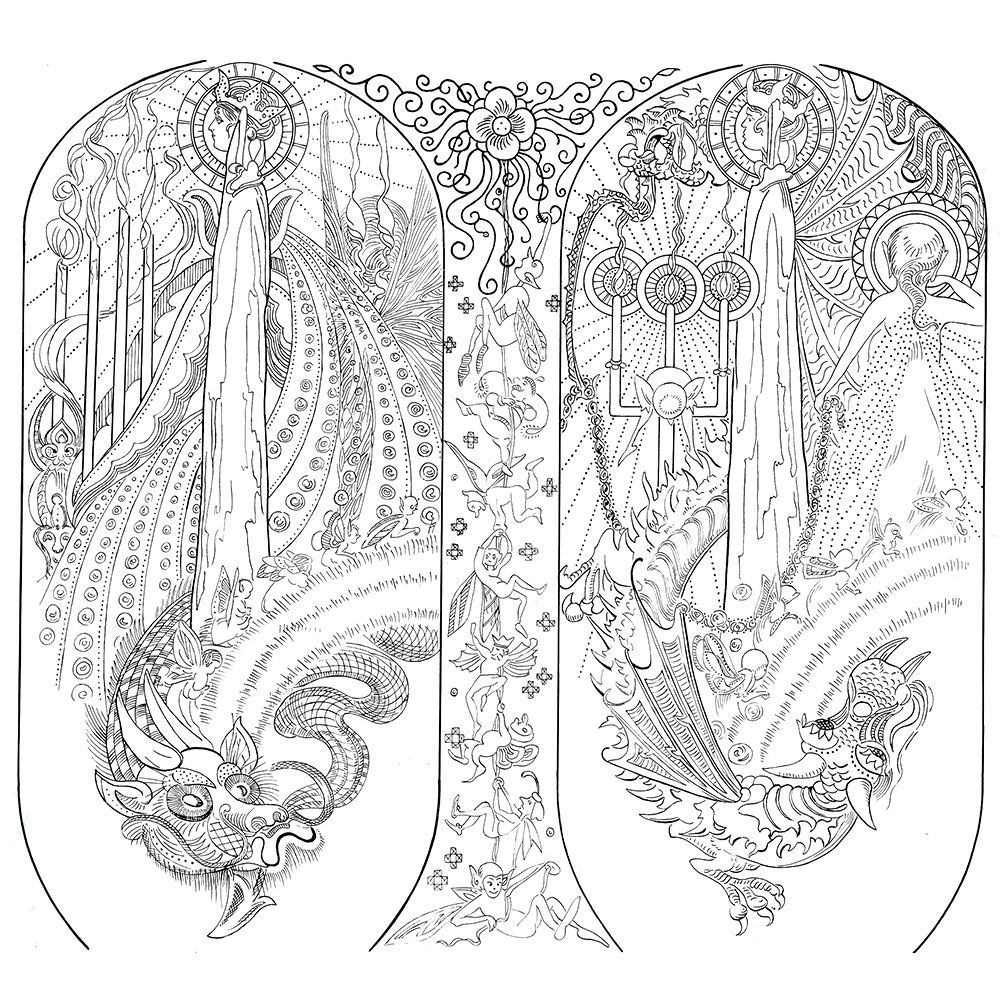
Imps on a Bridge Treehouse Wedgewood
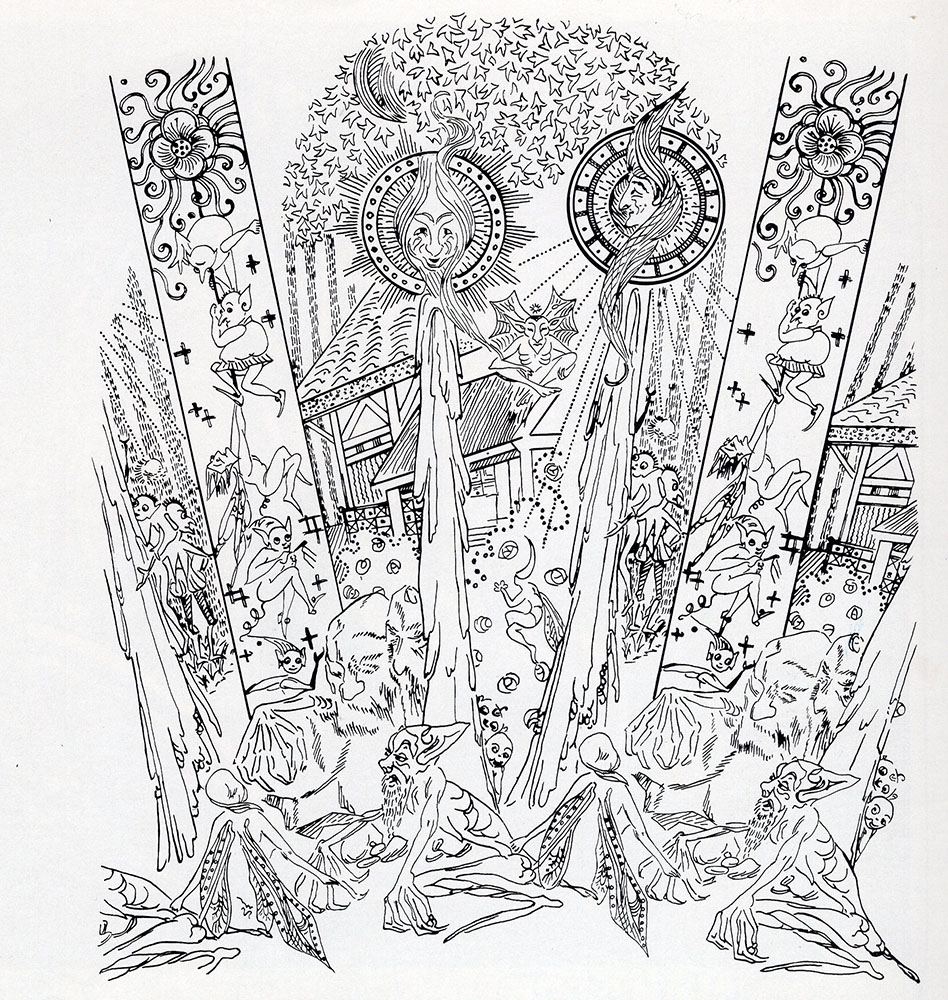
Endymion design

Kay Neilsen 1914
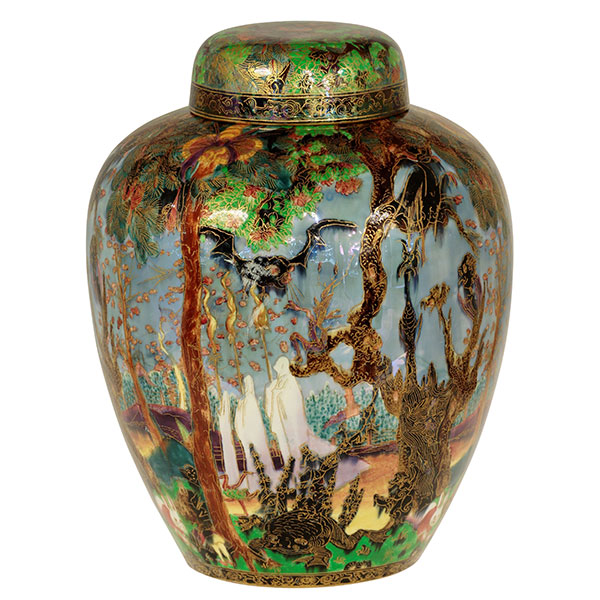
Ghostly Wood
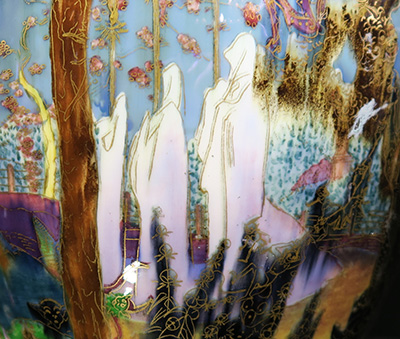
Ghostly Wood detail
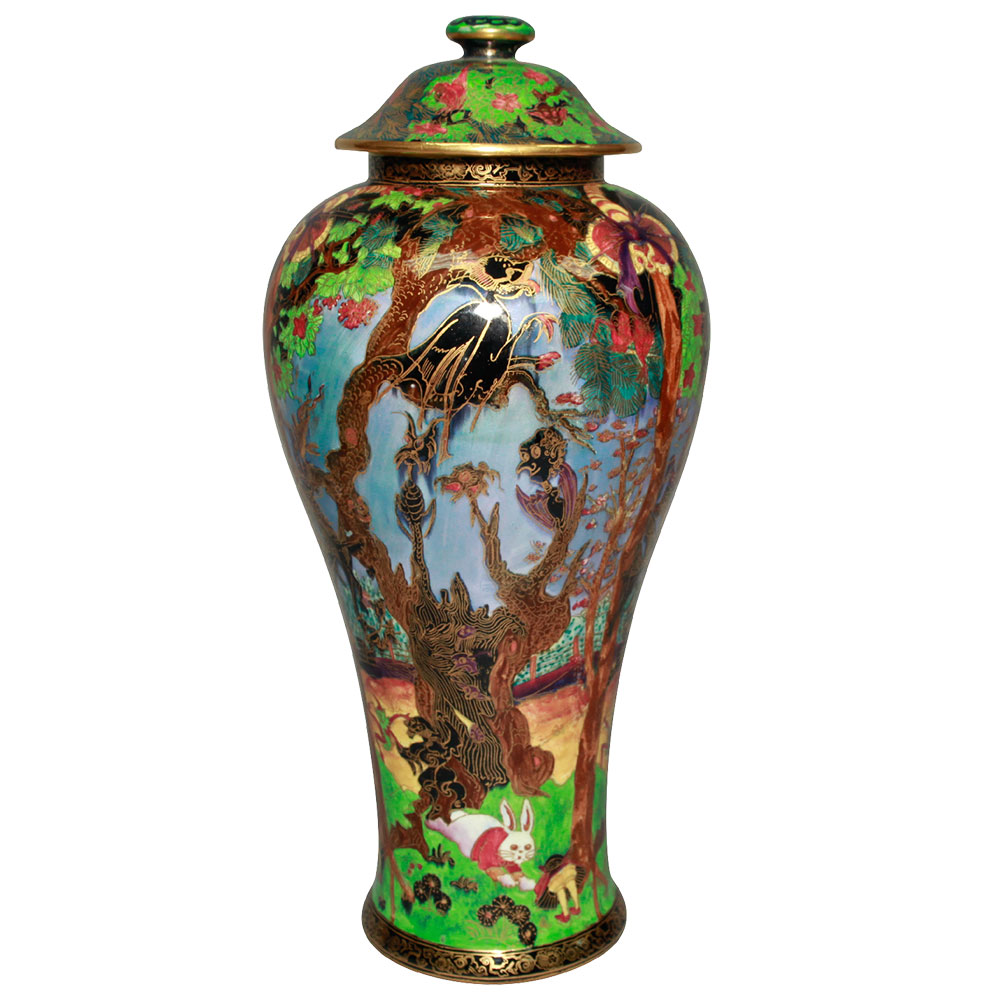
Endymion
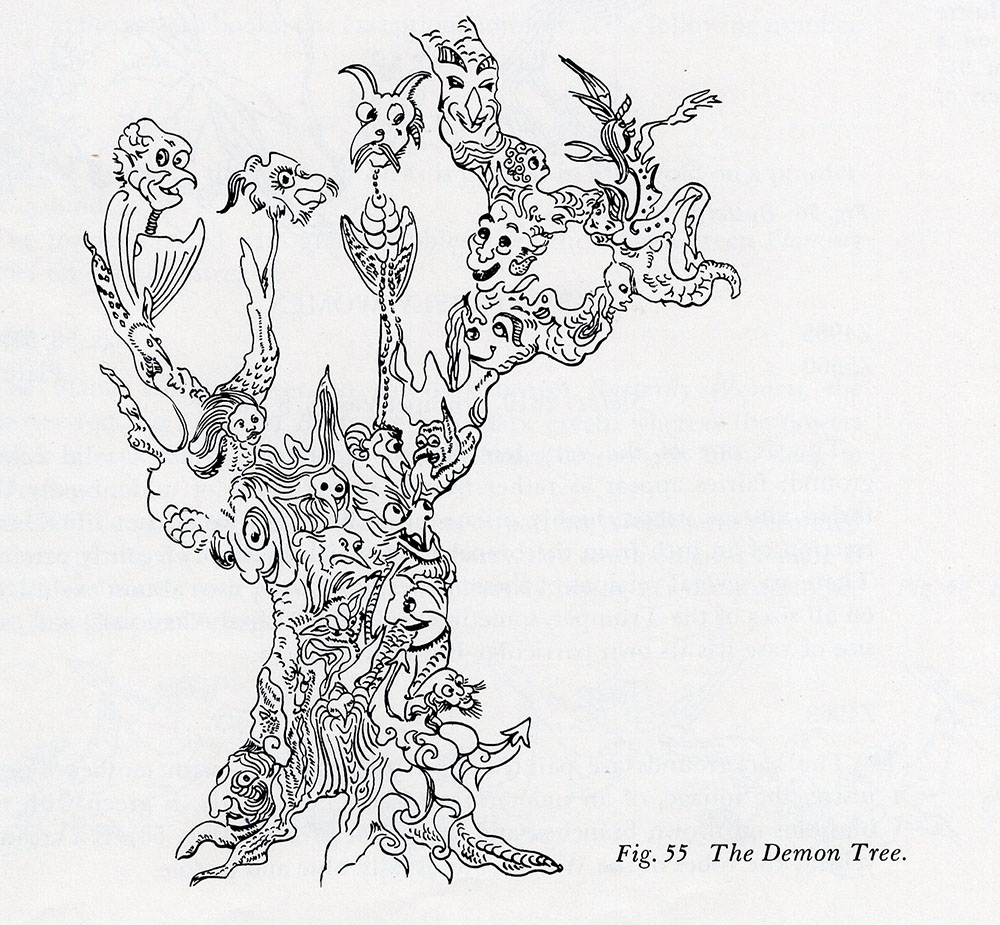
Demon Tree
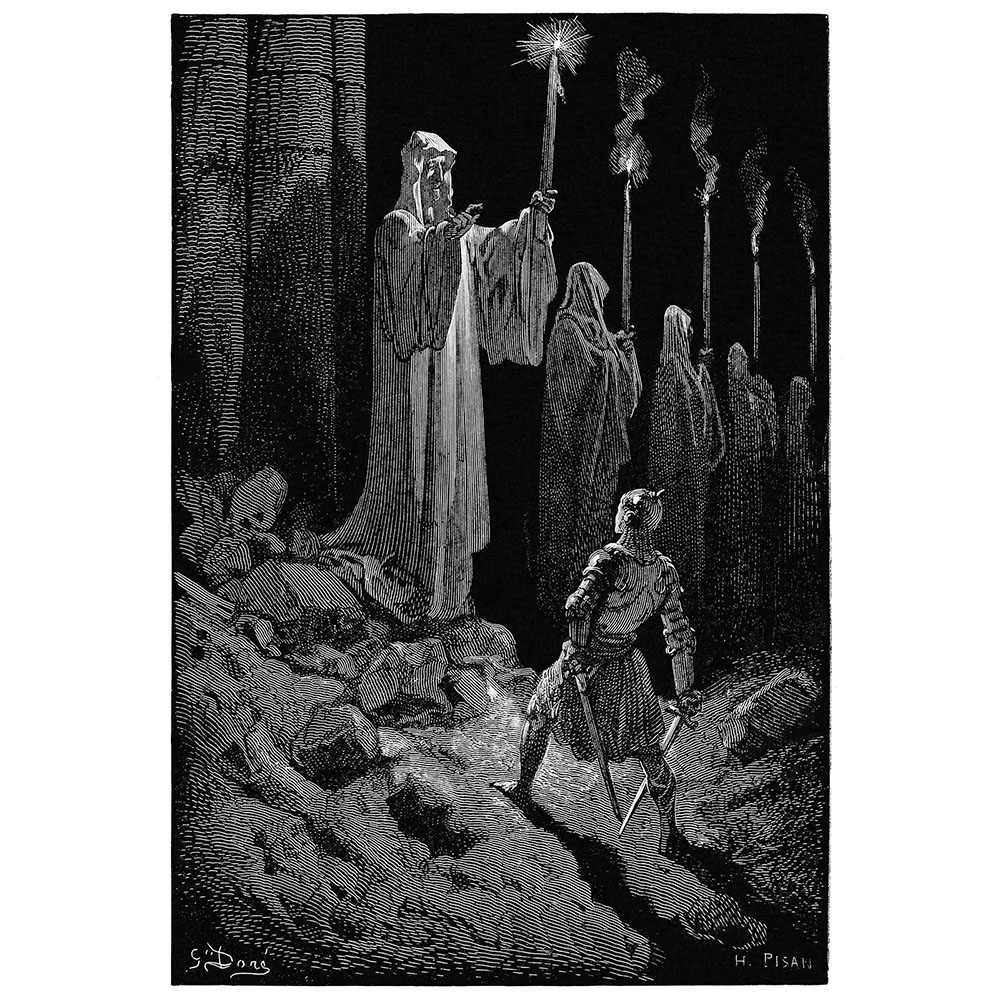
Corpse Candles G. Dore
